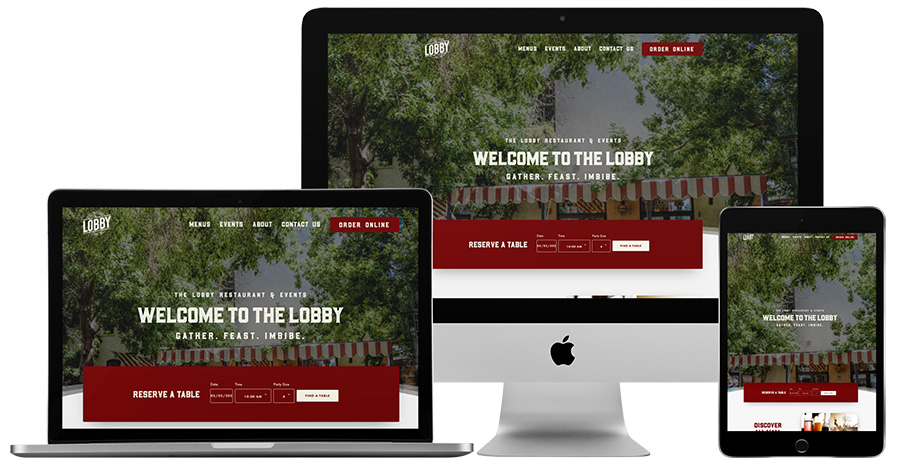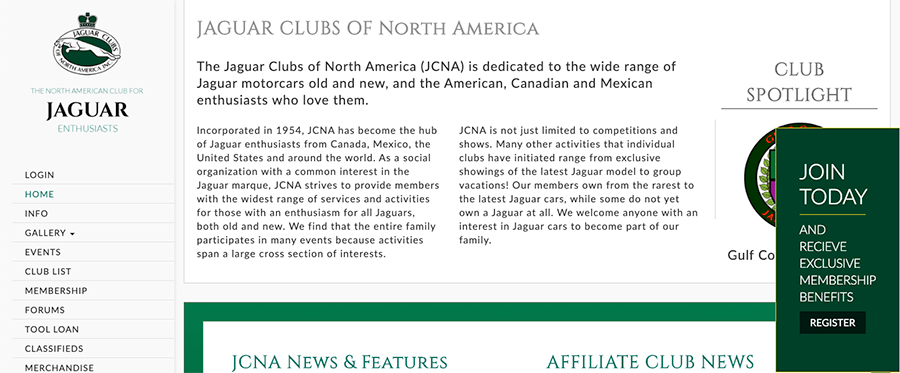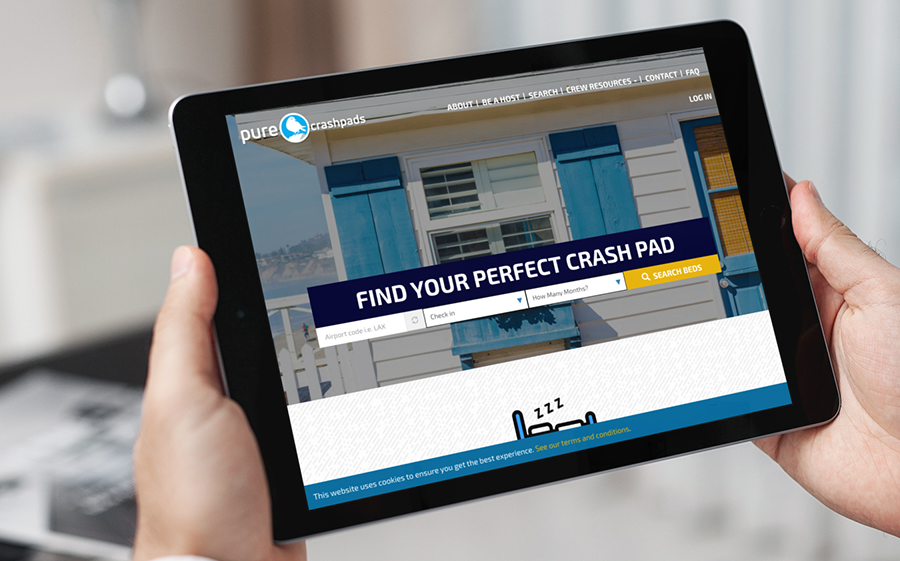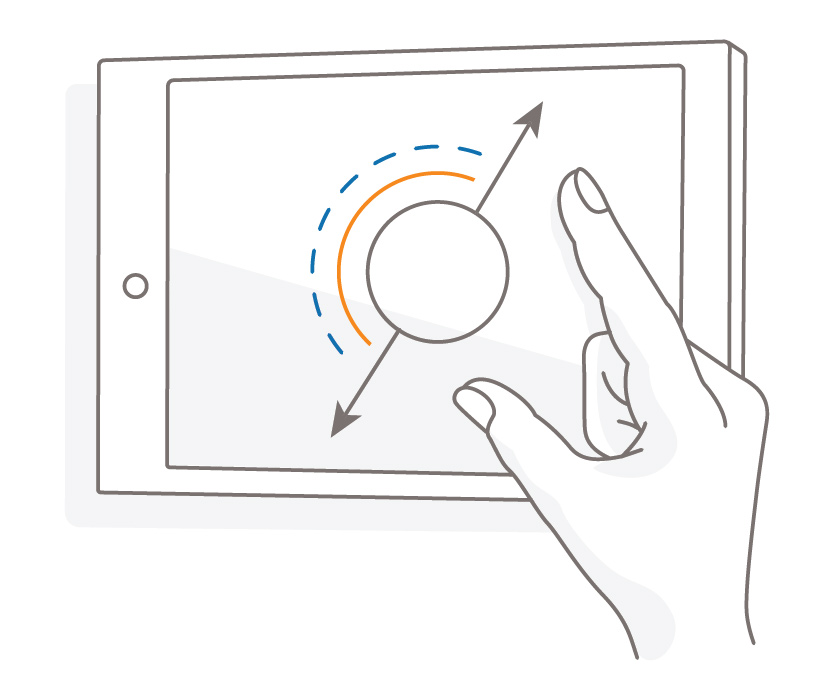What is Wesite User Experience (UX)?
Understanding website user experience (UX) related to Denver web design is crucial to how a company interacts with its customers, especially regarding digital technology. It involves the physical and psychological aspects of how customers interact with a company’s system, such as their website or application. UX focuses on the user interface design and the overall customer journey that occurs while using the website or web application, including ease of use and satisfaction.
Good user experience revolves around creating an intuitive, thoughtfully designed, and overall enjoyable experience. Companies strive to maximize the customer satisfaction value received by providing clear direction for navigating through their systems quickly and easily. When designing specifically for the visitors users experience, companies consider factors such as visual hierarchy, access to information, and personalization options to give users a personalized, relevant interaction with the company’s services.
Implementing Successful Strategies
A successful UX strategy includes detailed analytics to measure customer usage patterns and preferences to optimize each interaction for optimum engagement over time. For example, Liferay’s DXP platform provides user research with reports on who uses your sites and what they do while on them so you can continually monitor behaviors and tweak your UX designs accordingly.
Content never exists in a vacuum or in the abstract. Even a site packed with interesting, unique resources can be dragged down if that content is difficult to discover, navigate, or engage with.
Information Architecture, or IA, is the science of endowing content with structure, labeling, discovery, and navigation tools that contribute to improving User Experience, or UX. Thinking about Information Architecture and User Experience is the best way to ensure the true value of content will be realized and that any visitor-related goals can be achieved.

Four Key Principles
Every site visit is an activity whose contours are shaped by how pages are laid out, connected, and offered up through searching or categorization. Therefore, the user experience of any given visitor will be influenced just as much by these structural factors as by the quality and usefulness of the content itself.
Just as content can be refined or refocused to provide more value to users, so can the architectural side of things be addressed in ways that contribute to deeper, more rewarding engagement, improved conversion rates, or other positive outcomes. The Key Principles of Information Architecture and User Experience that allow this can be broken down into four basic lines.
1. Organization:
Whether with a single page or across dozens of them, every site embodies decisions that were made about the organization of content. Information that is well organized will make it easier for users to realize their goals with whatever might be needed next always being close to hand. Information that is badly organized will be frustrating to engage with, as natural patterns of inquiry are disrupted by disjointedness and a lack of useful structural direction. Effective organization emphasizes important and valuable things and relegates other elements to places of lesser prominence.
2. Navigation:
Moving from one page to the next is as much a part of the overall user experience as is diving into a particular article or post. Navigation designed with the real needs of users in mind encourages more natural, rewarding movement around a site, taking engagement beyond the boundaries of a single page. Navigation reflects organization and enhances it, linking strategically defined and laid out collections of information in ways that improve their accessibility and overall value.

3. Identification:
Pages, posts, and other storehouses of information are also defined and related to one another conceptually. Distilling the essence of any informational resource into particular concepts through the appropriate usage of tags, labels, categories, or indexes opens up another way for users to pursue their goals. Useful identification of information adds another dimension to the overall user experience, making it easier to pursue new realizations or dive more deeply into a particular topic.
4. Discovery:
Even the best-designed categorization schemes and indexes will often fall short in the light of particular goals. Giving users the ability to discover information on their own terms with a search facility filling in the gaps and can even become a primary means of access. Not every site will merit such a system, and ensuring any system put into place will be rewarding to use should always be a priority. Allowing for easier discovery also leads to the accommodation of unusual or unanticipated usage patterns.

It’s About People- Not Design
The importance of UX can’t be understated. After all, UX is what people experience when interacting with a product or service, rather than simply focusing on separate design elements. Through rigorous optimization and refinement to improve the usability of their designs, UX professionals can influence users’ feedback. Yet at the same time, some aspects will go beyond their control, including personal preference or system limitations. It should also be noted that while this term applies mainly to digital contexts where multiple users are involved, it could also apply to more tactile interactions with physical objects.
A successful UX strategy includes detailed analytics to measure customer usage patterns and preferences to optimize each interaction for optimum engagement over time. For example, Liferay’s DXP platform provides user research with reports on who uses your sites and what they do while on them so you can continually monitor behaviors and tweak your UX designs accordingly.
Key Benefits
As companies invest more into becoming more customer-centric, user experience is essential. User experience involves understanding how visitors interact with a brand and designing products and services that satisfy customer needs. There are numerous benefits to this kind of investment, as good user experience leads to long-term customer loyalty.
Another important benefit of investing in user experience is a better methodology for designing the brand’s desired customer experiences. This becomes even more critical with the rise of connected devices, meaning companies must ensure consistent experiences across all platforms. By focusing on creating positive customer interactions through usable designs, companies can increase their customer base without much difficulty whilst providing enriched experiences for current customers.







